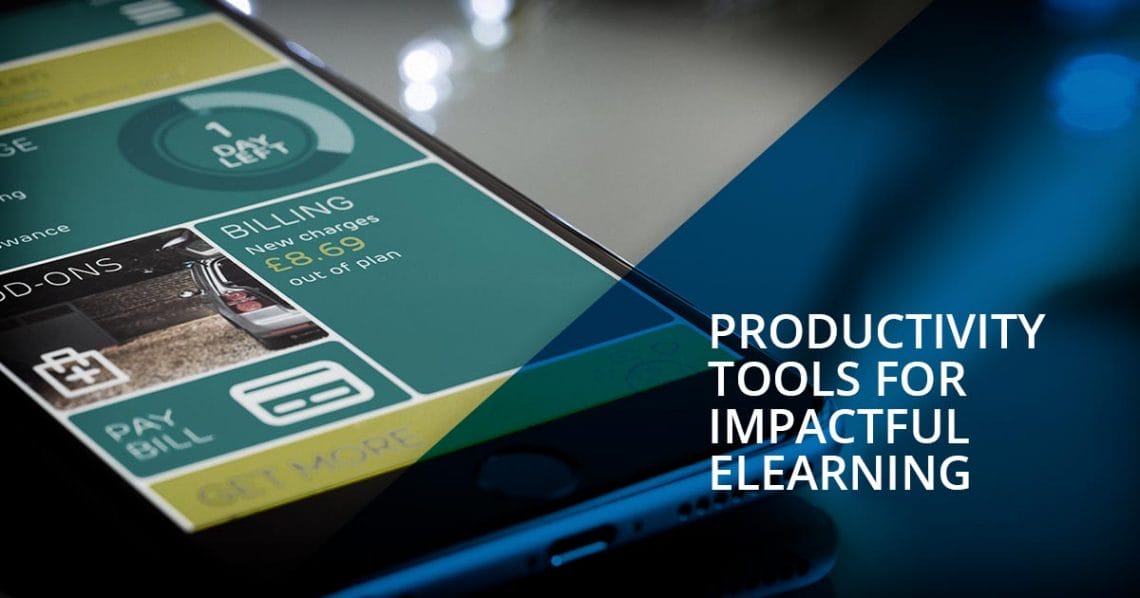
Avoid these common pitfalls and foster collaboration and empowerment in your learners
Elearning is set to rise again this year with 53% of corporate learning and development (L&D) teams planning to increase their investment.
Why the increased investment? It’s quite simple, really. Eighty-five percent of L&D leaders and managers have improving business performance as a goal. The most sensible and cost-effective way to accomplish increased productivity in the workplace is to equip employees with the right skills and technological tools.
It is a positive development that training providers and organizations are offering more elearning opportunities to employees. However, learning professionals need to ensure that the elearning content being produced meets the needs of modern learners.
Related: Profile of the modern learner – helpful facts and stats
Pitfall 1: Offering only fixed course content that can’t adapt
The world is on the go, and your elearning courses need to take that into consideration. After all, mobile device users now far outnumber desktop computer users. This trend is predicted to continue. Thus, your content must be available to anyone, anywhere, whether it’s the IT worker sitting at his desk or the saleswoman riding on the subway. Sleek and clean modern elearning that is mobile-friendly will put learners in the driver’s seat to be able to learn anywhere on any device.
Additionally, social and collaborative learning can be a powerful thing (science has even proven its effectiveness). When building elearning content, you should design it so that learners can easily interact with one another, provide feedback, and share ideas. After all, when many heads get together, they can create something better than one alone.

Instead of creating fixed elearning courses that are hard to change and maintain, you should create elearning that is adaptable and flexible in order to meet the needs of a variety of learners. For example, learners should be able to choose the learning material they want to consume (see more on creating branching scenarios here).
How will you design elearning with this in mind? Will you embrace branching scenarios?
Pitfall 2: Poor communication and ignoring your learners’ needs
The typical elearning production process has numerous pitfalls that waste time and money, usually starting with communication barriers. These pitfalls tend to edge projects away from learners’ needs rather than toward them.
Using the right technology can not only ensure that your elearning is accessible, agile and customized for each learner, it can also help your learning team keep your learning objectives at the heart of all projects.
Technology is the key to creating modern learning that keeps the learners’ needs top of mind.
Pitfall 3: Failing to embrace collaboration
Learning teams are working in different ways than in the past. Nowadays, everyone doesn’t necessarily work from a single location on a set 9-5 schedule. This makes communicating and getting things done difficult if you don’t have the right processes and tools in place.
Collaborative tools can help support these modern working environments. They have the ability to break down communication barriers and smarten up processes. At their core, they bring people together with a common goal.
Want to build beautiful learning content, faster? Try out Docebo’s new integration with Elucidat for lightning-fast authoring and a professional finish.

About the author
Steve Penfold is Customer Success Director at Elucidat. He helps large companies and online training providers use Elucidat to simplify and speed up their authoring process.
